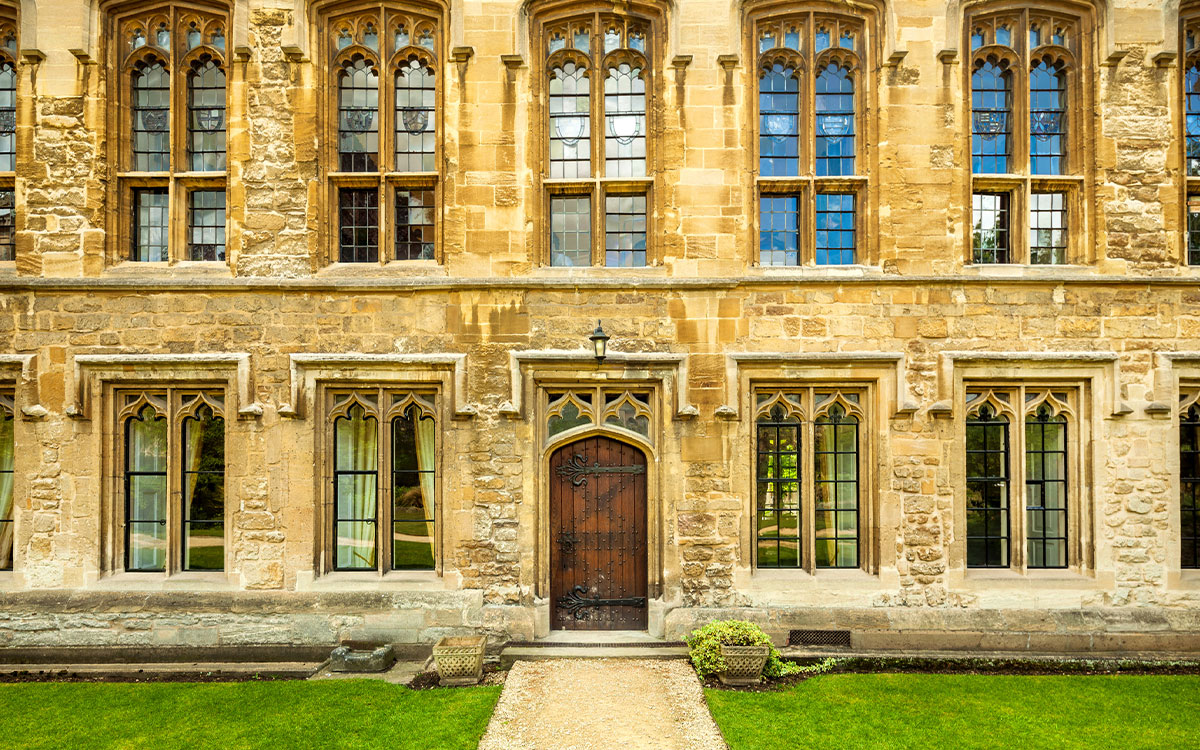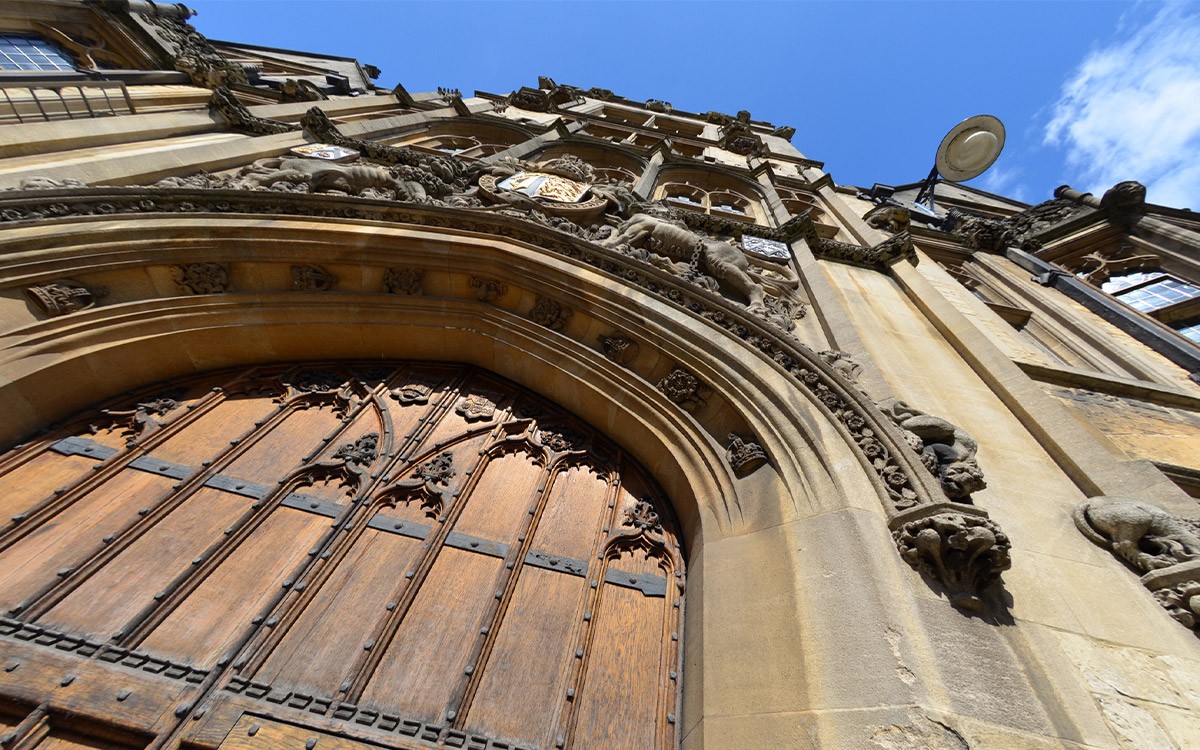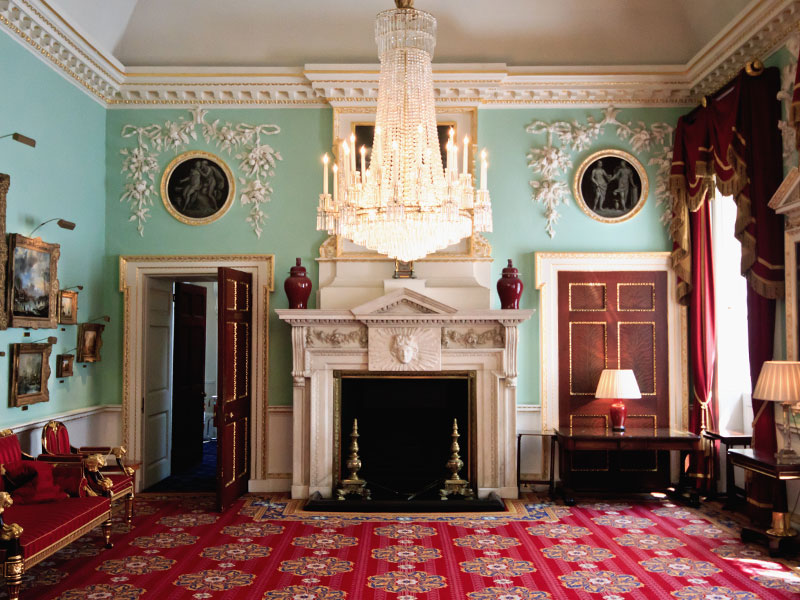For Fire Door Safety Week 2021 we spoke to Steve Emery, Fire Officer at Oxford University to find out about fire safety in historic buildings and the complexities of heritage fire doors. This is part 2 of his 3 part interview.
Steve started his career as a Firefighter at Avon Fire & Rescue for 30 years. He then changed his job role and worked as a National Fire Advisor for English Heritage where he gained an abundance of specialist knowledge around the complexities of fire safety in heritage and historic buildings.
Can you use a heritage door as a fire door?
You can. It’s an interesting question because when you look at the guides of the Regulatory Reform Order (RRO) it says “a robust door,” so the guidance is not saying it must be an FD30 door as tested in BS 476 or the ISO test.
It’s only when you get into the index and start looking at what British Standard applies – and that’s not part of the guidance – and of course, it’s not part of the RRO itself, which is risk-based. So you need to do a risk assessment and decide what degree of fire-resisting you need from that door.
What else can you advise if the heritage doors aren’t fire rated – would you use replicas?
We prefer not to have replicas. There’s a sequence of things that need to be done.
- First, you need to review the Fire Strategy, if there is one. In heritage buildings there very often isn’t a Fire Strategy, so you’d have to create one.
- Look at the door and decide if it could be upgraded to potentially meet a BS 476-time temperature curve, and then you’d see how complex that upgrade would have to be.
- Consider how important the door is in regards to its importance to the listed building.
- Decide how important the door is to the success of the Fire Strategy, and then consider alternative solutions. For instance, it might be that you don’t have the fire-resisting line where you’ve already got it, which encompasses that door; you’d move it back or forward a bit. So you could then upgrade a different door that’s less important.
- Finally, you’d consider the last three things and decide if you’re going to upgrade or whether you’re going to use the risk-based matrix that we have in the Fire Door Guide, where it looks at the room size and the spread of flame rating, the spacing of the fire load etc, to decide on what degree of upgrading you need to do.

Source: Steve Emery
It’s not a good idea to replicate fire doors because you’d have to take off the original one and keep it somewhere safe. It’s better to keep the door where it is and either use the matrix (see graphic below) to decide whether it’s sufficient in itself, and you keep a record of that sufficiency, or you upgrade it and keep a record of the intervention. Sometimes when you’ve upgraded a door it’s very difficult to know how it was done just by looking at it.
What other measures can be put in place to keep premises safe?
What we would do is use the matrix and then find that to improve something without upgrading the door you can either reduce the fire load and improve the spread of flame rating, or move fewer packets of fuel apart so that they don’t spread from one to another. So they’re all positive things that are working towards preventing flashovers from occurring. A line is drawn vertically from “room size” to “surface spread of flame rating”. Another line is drawn from “spacing of combustibles” to “fire loading” and their intersection shows the degree of upgrading required to give 30 minutes fire resistance.


Source: Steve Emery
This is part 2 of a 3 part series with Steve Emery. To find out more about heritage fire doors, please read the other blogs via the links in the sidebar or through our news section.
Follow Steve on LinkedIn








0 Comments